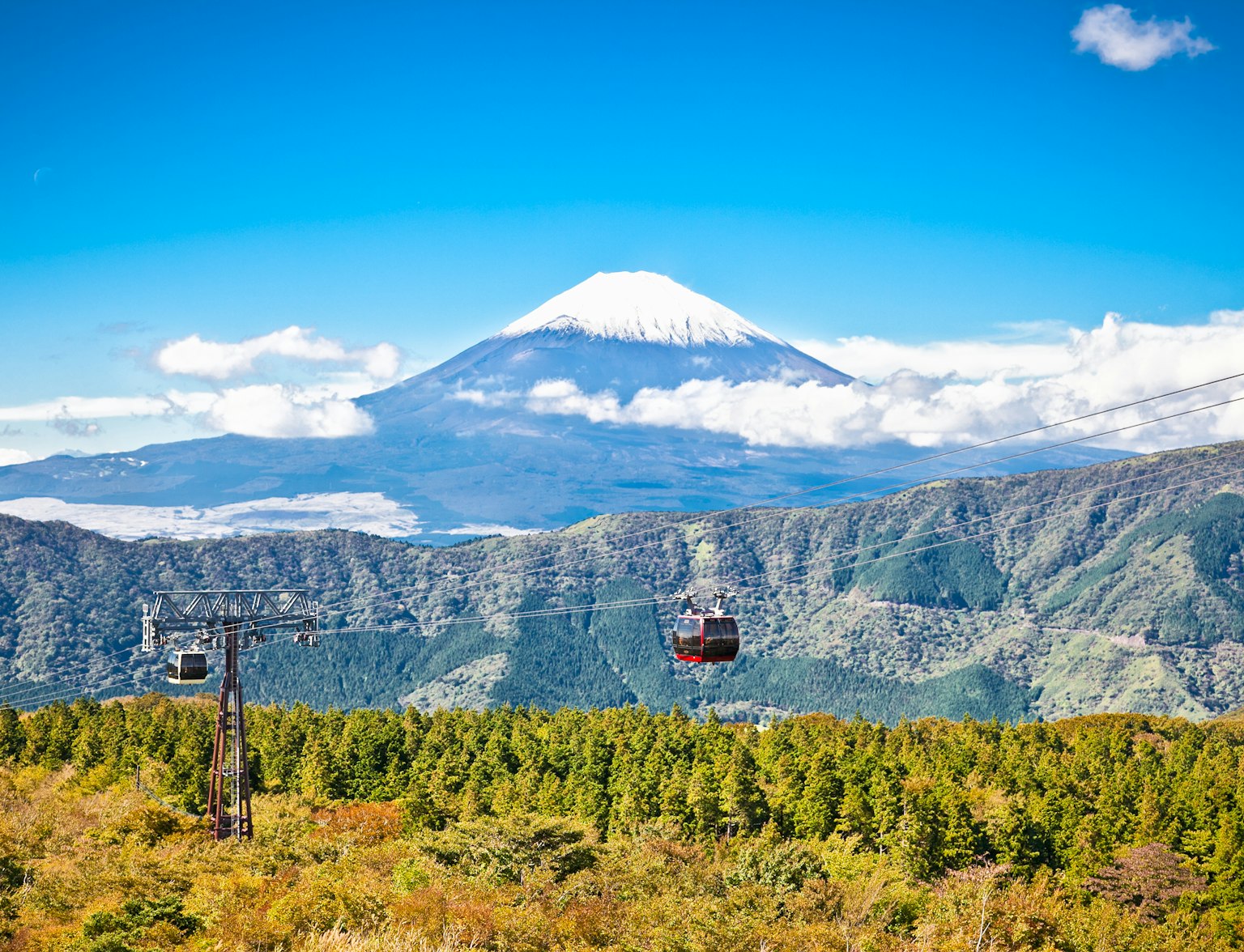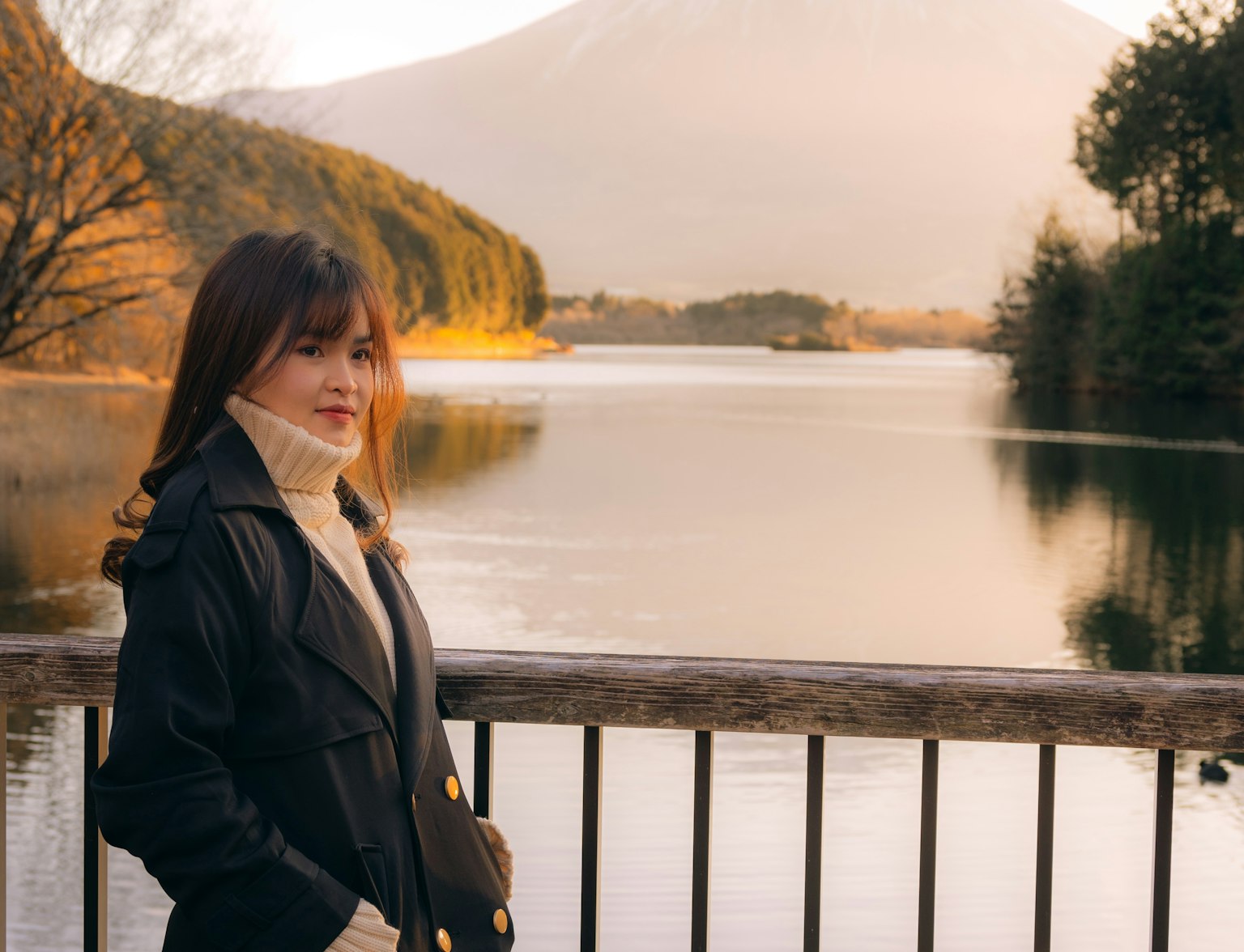

Hiking Mount Fuji is more than an adventure; it's a journey into the heart of Japanese culture and the soul of its natural splendor. Rising to a towering height of 3,776 meters, this active stratovolcano on Japan's Honshu Island is not only a popular hiking destination but also a deeply revered symbol of the nation. In this comprehensive Mt. Fuji hiking guide, we'll unlock the secrets of successfully submitting this iconic peak.
Whether you plan to embark on the popular Yoshida Trail or wish to explore the Subashiri Trail, we've got you covered. From understanding Mount Fuji's rich history to preparing for the climb, acclimatizing to prevent altitude sickness, and witnessing the mesmerizing sunrise from the summit of Mount Fuji, this guide is designed to provide essential tips for a successful climb. Get ready to conquer the apex and etch this remarkable journey into your memory.
To embark on an Mt. Fuji hike is to step into a rich tapestry of natural wonder intertwined with profound cultural symbolism. Rising majestically on the island of Honshu, Mount Fuji is more than Japan's highest peak. This perfectly symmetrical, snow-capped stratovolcano, standing at an elevation of 3,776 meters, holds a revered place in the Japanese psyche, profoundly influencing the nation's art, literature, and spiritual beliefs.

Beneath its serene exterior lies the power of an active volcano, its last eruption dating back to 1707. Despite this fiery history, Mount Fuji's tranquil presence and perfect cone have become symbols of peace and stability. Its cultural significance was globally recognized when it was added to the UNESCO World Heritage List in 2013. As you prepare to traverse its trails, remember that scaling Mount Fuji is more than a physical endeavor; it's a journey into the very soul of Japan.
When it comes to undertaking a successful Mt. Fuji hike, timing is just as crucial as preparation. The official climbing season typically spans from early July to early September. This is when the mountain's conditions are most favorable, and the weather is relatively mild. While it's possible to climb outside this season, it's highly discouraged due to the unpredictable weather and closed mountain facilities.

During the official climbing season, the temperature at the summit can dip below zero, even in the summer. Therefore, it's essential to pack suitable clothing and gear to remain warm and safe throughout your journey. The chances of clear, sunny days are higher in this season, which means you'll likely be rewarded with breathtaking views from the summit.
Mount Fuji boasts four main climbing routes - Yoshida, Subashiri, Gotemba, and Fujinomiya. Each trail has its unique charm and varying degrees of difficulty.
Yoshida Trail: The most popular and well-facilitated trail, starting from Fuji Subaru Line 5th Station. It's renowned for its accessibility from Tokyo and its extensive mountain huts and facilities.
Subashiri Trail: This trail, commencing from Subashiri 5th Station, is quieter than the Yoshida Trail. It merges with the Yoshida Trail after the 8th Station, offering climbers a peaceful ascent for most of the journey.
Gotemba Trail: Starting from Gotemba 5th Station, this is the longest and least steep trail. It's ideal for those seeking a less crowded route.
Fujinomiya Trail: This route, starting from Fujinomiya 5th Station, is the shortest but also the steepest. It's the second most popular route after Yoshida.
While the thought of reaching the summit of Mount Fuji is exhilarating, it's important to choose a route that suits your physical capabilities and comfort level. Regardless of the path you take, the journey to the apex promises a remarkable adventure.

Reach the highest spot of the mountain accessible for vehicles.
Embarking on a Mount Fuji hike is a thrilling adventure, but it's also a challenge that calls for meticulous preparation. Ensuring you are well-prepared physically, mentally, and logistically is paramount for a successful climb.

Gear Up: Before your hike, compile a checklist of essential items. These include proper hiking boots for the rugged terrain, warm clothing to combat the freezing temperatures at the summit, a rain jacket for unexpected showers, a headlamp for those pre-dawn hours, gloves, and a hat to protect against wind and cold. Don't forget to pack high-energy snacks and plenty of water for hydration. A reliable map of the trail will also be a valuable companion during your ascent.
Physical Fitness: Mt. Fuji is not an easy climb, and its challenges should not be underestimated. The hike demands physical stamina, strength, and endurance. So, in the months leading up to the climb, engage in regular cardio exercises like running, cycling, or swimming. Strength training, especially for legs and core, is equally important to power through the steeper sections of the trail.
Mental Preparation: Beyond physical readiness, it's essential to brace yourself mentally for the journey. Understand that the weather on Mount Fuji can be unpredictable and the altitude challenging. Patience, persistence, and a positive attitude will go a long way in helping you overcome hurdles.
Training Hikes: If possible, try to include some training hikes in your regimen. They offer an excellent way to assess your fitness level and get a sense of what to expect on the actual day.
Ascending Mount Fuji brings the challenge of dealing with thinner air and the potential for altitude sickness. As you climb higher, the air becomes less dense, reducing the oxygen levels and making it harder for your body to function optimally. Acclimatization, or the process by which your body adapts to these conditions, is essential. Following the strategy of "climbing high, sleeping low" can aid in this gradual adjustment, helping you cope with lower oxygen levels without overwhelming your system.

It's crucial to recognize the signs of altitude sickness, which can include headaches, nausea, dizziness, fatigue, and shortness of breath. If these symptoms persist, descending to a lower altitude is advisable. Preventative measures include maintaining good hydration levels and pacing yourself during the hike. Remember, in this journey, it's not about reaching the summit quickly but doing so safely. Ensuring your body is well-acclimatized and prepared for the challenges of altitude can transform your Mount Fuji climbing experience from a challenging ordeal into a rewarding adventure.
As you embark on the trail of Mount Fuji, safety and adherence to the prescribed regulations should be your foremost priorities. Sticking to the marked trails, being aware of the weather conditions, and prioritizing your safety in case of severe weather warnings are crucial. Mount Fuji's serene beauty is meant to be enjoyed, but never at the risk of your wellbeing or that of other climbers.

Being a UNESCO World Heritage site, Mount Fuji symbolizes Japan's natural landscape, and as climbers, we bear the responsibility of its preservation. Refrain from littering, uphold the tranquility of the mountain, and respect the rules prohibiting camping. Your hike up Mount Fuji is not just an adventure but an opportunity to play your part in conserving its pristine beauty for generations to come.
Mount Fuji offers unique overnight stay options for those who wish to experience the mountain at a leisurely pace. Scattered along the trails are mountain huts or "Goya," which provide climbers with basic sleeping facilities and the option of meals and drinks for an additional cost. The huts can get crowded during peak climbing season, so booking in advance is recommended. While staying in these communal spaces, it's essential to respect the rest of other climbers by maintaining a quiet environment.

While the idea of camping on Mount Fuji may sound enticing, it's important to note that camping is generally not allowed in order to protect the mountain's delicate ecosystem. Opting for an overnight stay in a mountain hut not only gives you a place to rest but also allows you to experience the mountain in a different light - under the stars and above the clouds, adding an entirely new dimension to your Mount Fuji hiking experience.
One of the quintessential experiences of a Mount Fuji hike is the awe-inspiring sight of the sunrise from its summit, known as "Goraiko." This spectacle of shifting hues gracing the horizon stands as a testament to the mountain's majestic beauty. A hushed silence prevails as daybreak approaches, and when the sun finally emerges, bathing the sky in a warm, golden glow, the feeling of standing at Japan's highest point, witnessing this ethereal sight, is nothing short of magical.

Top of Mt. Fuji, Oyama, Japan
To ensure you're privy to this moment, it's crucial to time your ascent appropriately. Many climbers begin their journey in the afternoon, pause for an overnight stay at a mountain hut, then resume their climb to reach the summit by dawn. Experiencing Goraiko isn't merely a feast for your eyes but a spiritual reward, an emblem of your endurance and effort. Standing at the summit, as the first rays of the sun break the darkness, it becomes strikingly clear why Mount Fuji is revered as a sacred site in Japan.
Hiking Mount Fuji presents an unparalleled blend of physical challenge, cultural appreciation, and intimate interaction with nature's splendor. From the nuances of preparation to the breathtaking view of the sunrise at the summit, every step is part of a transformative journey that extends beyond the physical climb and lingers in your memory long after the descent.
As you prepare for your Mount Fuji hike, remember the importance of respecting this iconic landscape and its regulations. By adhering to safety measures, practicing 'Leave No Trace' principles, and being considerate towards the mountain's delicate ecosystem, you become an active participant in conserving this UNESCO World Heritage site for future generations. Here's wishing you a rewarding and unforgettable Mount Fuji adventure. Happy hiking!

Experience the enchanting beauty of Mount Fuji on a 6-hour tour from Shizuoka.



